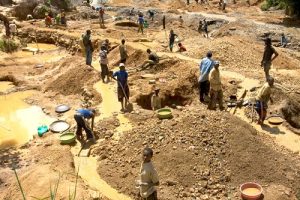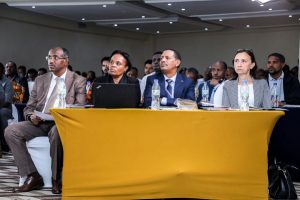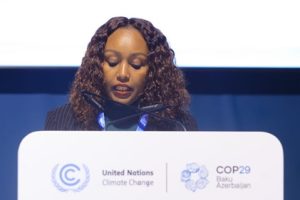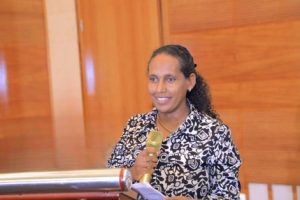BY STAFF REPORTER
Access to clean energy is the key to the development of a country. Securing and sustaining renewable resources in the energy sector are the solutions for those challenges. The cost competitiveness, the availability of resources and the fast time to market of green technologies can contribute to the spread of sustainable energy in Ethiopia.
As more than 80 percent of the country’s population is engaged in the small-scale agricultural sector and live in rural areas, traditional energy sources represent the principal sources of Energy. Domestic energy requirements in rural and urban areas are mostly met from wood, animal dung and agricultural residues.
Though Ethiopia stands fourth in Africa after Madagascar, Zambia and Senegal, to opt for scaling solar energy, the country is still experiencing energy deficit. As, a result, 60 million people don’t have access to electricity.
Ethiopia needs the support of development partners to ensure the energy sector reform to achieve the 2030 sustainable development goals by supplying accessible, reliable, sustainable and modern energy to all citizens, he said.
According to Africa’s power journal, Ethiopia’s National Electrification programme aims to provide at least 35 percent of the population with energy from renewable sources by 2024. As part of it, a 100MW wind farm to power more than 400,000 Ethiopian households. Siemens Gamesa has sealed the deal on its first wind farm project in Assela.
The 100MW wind farm will help to power more than 400,000 Ethiopian households. The wind farm should be commissioned by 2023 and is set to save the country more than 260,000 tons of carbon emissions annually.
Roberto Sabalza, CEO for onshore Southern Europe and Africa at Siemens Gamesa said that Siemens Gamesa is intent on expanding its leadership across Africa and in turn will help a growing transition to green energy across the continent. So, we are extremely pleased to begin work in Ethiopia and look forward to collaborating with both EEP and the country to continue to promote their drive to install more renewable and meet transformational energy targets.
It is stated that the Assela wind project will be financed by the Danish Ministry of Foreign Affairs via Danida Business Finance, adding to a loan agreement signed between the Ethiopian Ministry of Finance and Danske Bank A/S.
The 100MW Assela wind farm will be located between the towns of Adama and Assela, about 150 km south of the capital Addis Ababa. The country has set an ambitious target to supply 100 percent of domestic energy demand through renewable energy by 2030. Ethiopia’s National Electrification Programme aimed to reach universal access by 2024, with the help of off-grid solutions for 35 percent of the population.
As to documents, Ethiopia has abundant renewable energy resources with a potential 10GW of wind installation capacity. The Assela wind farm will contribute to clean and affordable power for the country’s electricity grid.
Ethiopia has many renewable resources covering wind, solar, geothermal, and biomass, and the country aspires to be a power hub and the battery for the Horn of Africa. To date, the country has installed 3 wind farms with a capacity of 324MW. The Assela wind farm will be the country’s fifth wind farm, following Adama wind farm 1, Ashegoda wind farm, Adama wind farm 2 and the currently in development Aysha wind farm.
Ethiopia has managed to power only 25 percent of its population with electricity, according to the International Energy Agency. More than 50 million people lack access to energy.
The government has prioritized universal access to electricity and aims to reach 100 percent electrification by 2025, with 35 percent of the population utilizing off-grid energy solutions and the other 65 percent of the country connected to the grid.
The future of Ethiopia depends on renewable energy resources as the country is rich in sources of renewable energy. If the country takes advantage of these renewable resources, it can help to build sustainable energy. The government has launched an ambitious plan to speed up the energy transition and support the construction of plants that use the country’s abundant renewable resources to diversify Ethiopian energy generation.
Due to the large amount of investment and technology required the solution through connecting to the grid seems to be difficult as a short term intervention. Studies also indicate that about 23 percent of the population in Ethiopia has access to the off grid connection to electric power. This shows a big opportunity to build up on.
First there is a large amount and growing need for off grid connection. This entails an opportunity to expand renewable energy sources in many of the rural areas. Secondly, it is an economic opportunity for considerable segment of the community in the production, distribution and maintenance of these off grid renewable energy sources.
The Ethiopian Herald March 10/2021





